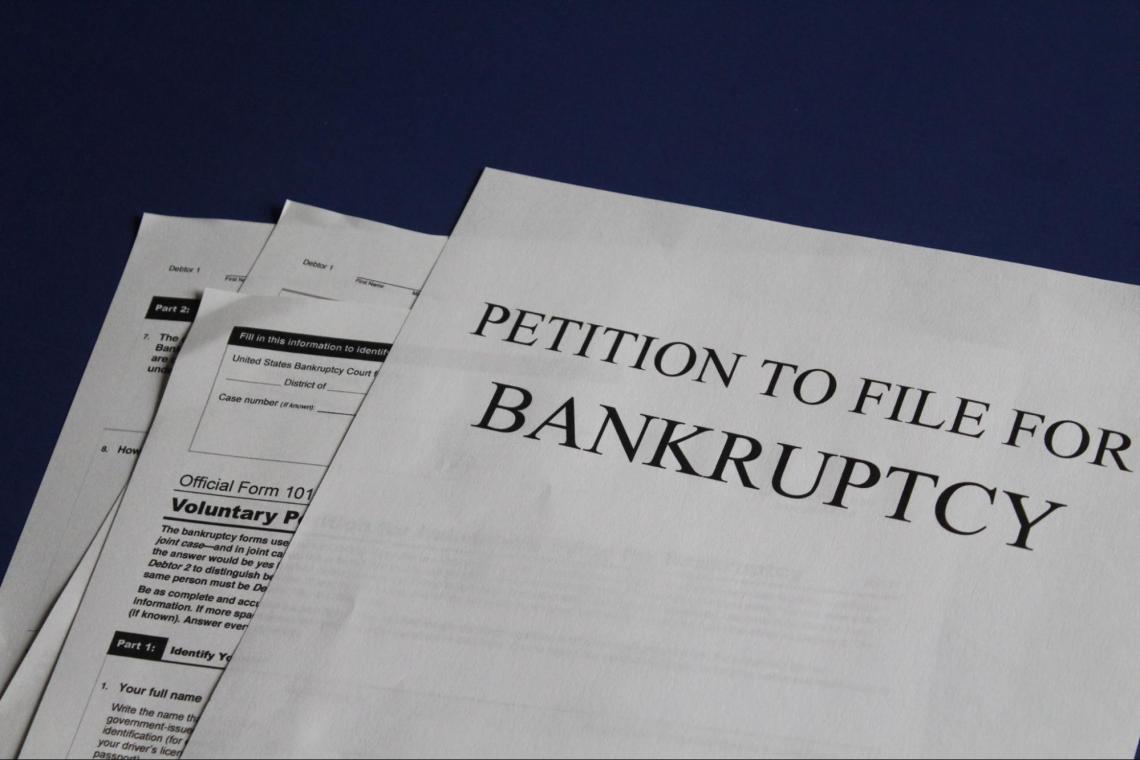Distressed Securities
Securities that are experiencing financial or operational distress, default, or are on the verge of bankruptcy.
Distressed securities are securities experiencing financial or operational distress, default, or are on the verge of bankruptcy.

These are primarily debt securities, which originate from companies in the process of reorganization, liquidation, or balance sheet restructurings.
For debt securities, this is called distressed debt, wherein holding such distressed-debt creates significant risk due to the possibility of bankruptcy and how it may render such securities worthless.
Investing in distressed securities has a significant risk, as the securities may become worthless.
To examine the securities' position in an issuer's capital structure and the chances of recovery, such investments need a sizable quantity of capital and knowledge.
They trade at substantial discounts to their market value and are therefore considered below investment grade.
This limits the category of potential investors largely to large institutional investors due to their ability to take on such risks. Vulture funds are a common name for businesses that specialize in investing in distressed debt or assets.

Investors in distressed securities try to influence how the issuer restructures its debt, narrows its focus, or emerges as an equity owner if it has a controlling share in the company’s debt.
Investing in such securities takes advantage of the fact that many investors choose not to hold securities below investment grade.
Other investors deliberately use distressed debt as an alternative investment, buying the debt at a discount and gaining higher returns if the company does not default.
Investment Strategies for Distressed Securities
Distressed securities investors may make returns based on their view of how an ongoing or upcoming restructuring process will go, therefore making it a high-risk strategy.

Institutional investors, such as hedge funds, private equity firms, and investment banks, with large portfolios and diversification, often choose to diversify using distressed securities.
Investors select distressed opportunities with an initial screening, limiting the potential for an investment loss and assessing the fair value of securities to determine their upside potential.
As the distressed securities market is illiquid, this strategy is unsuitable for ordinary investors. A distressed security investor can profit from the following scenarios:
1. Full recovery without the need to declare bankruptcy
By purchasing a stake in a company at a large discount, distressed securities investors may believe that the company is not in an inferior position as they have not filed for bankruptcy.
The investor views the securities as undervalued compared to the company's intrinsic value.
2. Chapter 11 bankruptcy
Chapter 11 bankruptcy allows the company on the verge of bankruptcy to reorganize and restructure its business.

With all the stakeholders and debt holders, the company will continue its operations by finding a way to meet its financial obligations and emerge from bankruptcy.
The investor will realize a return if the security price approaches the market value once the restructuring process is complete.
3. Chapter 7 bankruptcy
Chapter 7 bankruptcy cases a company’s business operations, leading the company to liquidate its assets and repay its liabilities.
The investor will realize a return if they believe the assets received upon liquidation will cover the investment cost of the securities purchased.
Distressed Securities: Passive vs. Active Investors
A passive investor will buy distressed securities based on market prices. If the investor has a long-term investment time horizon, they will choose to buy undervalued securities and wait for them to appreciate.

For a short-term investment, investors analyze if a restructuring process is moving along quickly and the securities do not reflect the asset's true value.
An active investor takes a direct role in the restructuring process of distressed companies. They ensure that the restructuring process is handled profitably, representing the interests of the distressed security investors.
Even if companies have different approaches to generating returns and their involvement in distressed securities, their underlying investment strategy relies on the following:
- Knowledge of the earnings power of the underlying assets of the distressed company and understanding whether a company is a viable investment.
- Understanding higher level management and owners' approach to restructuring or reorganization to assess the willingness to implement a restructuring and to repay the debt.
- Deployment of specialized legal and economic resources.

Given that the number of corporate defaults has increased in the last few years, tremendous growth in distressed investments has been witnessed.
It is in the best interest of investors to buy a company in pieces over an extended period from other investors to avoid alerting the owners that they’re trying to gain a controlling share of the debt.
Investors are typically unaware if other distressed debt investors are trying to gain a controlling share of the company’s debt, making expected returns even more unpredictable.
What is a distressed asset?
Distressed assets are when businesses sell assets at less than their fair value, as they need immediate cash.

Such assets fall into three categories: personal property, equity ownership in a business, and real property.
1. Personal property
Includes physical equipment, accounts receivable, intellectual property, inventory, and equity in a business.
In the U.S., personal property is governed by the Uniform Commercial Code, which is fairly uniform across states regarding buying and selling assets.
2. Equity ownership
In a business that is governed by the Uniform Commercial Code, in addition to state and federal securities laws.
It represents the owner's net worth of a business which can be calculated as the total value of a company's net assets after all liabilities have been deducted.
For example, shareholders have equity interest as purchasing shares of a company, which gives them a part-ownership in the business.
3. Real property
Includes the land, any renovations or improvements made to the ground, and real property, which is governed by state laws in the U.S.
The ability to realize value from a distressed asset relies on
- The ability to identify and acquire a distressed asset at the right time while considering the broader market and asset pricing dynamics.
- Having the resources and experiences and realizing the untapped value of the distressed asset by managing its sale, repayment, or other resolutions.
Key Takeaways
- Distressed securities are securities that are experiencing financial or operational distress, default, or are on the verge of bankruptcy.
- These securities investors may make returns based on their view of an ongoing or upcoming restructuring process, making it a high-risk strategy.
- Distressed assets are when businesses sell assets at less than their fair value, as they need immediate cash.
- Distressed assets fall into three categories: personal property, equity ownership in a business, and real property.




or Want to Sign up with your social account?